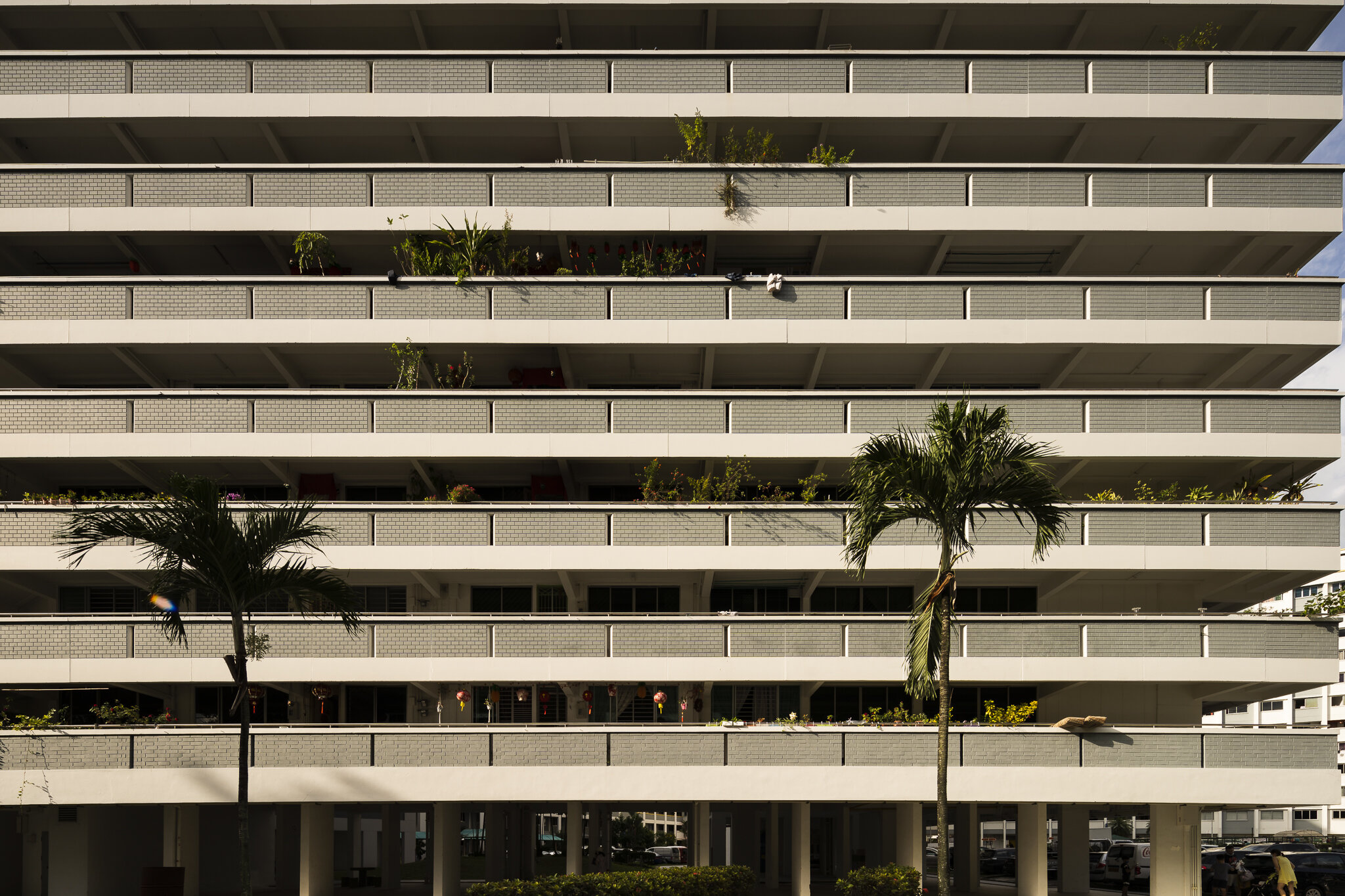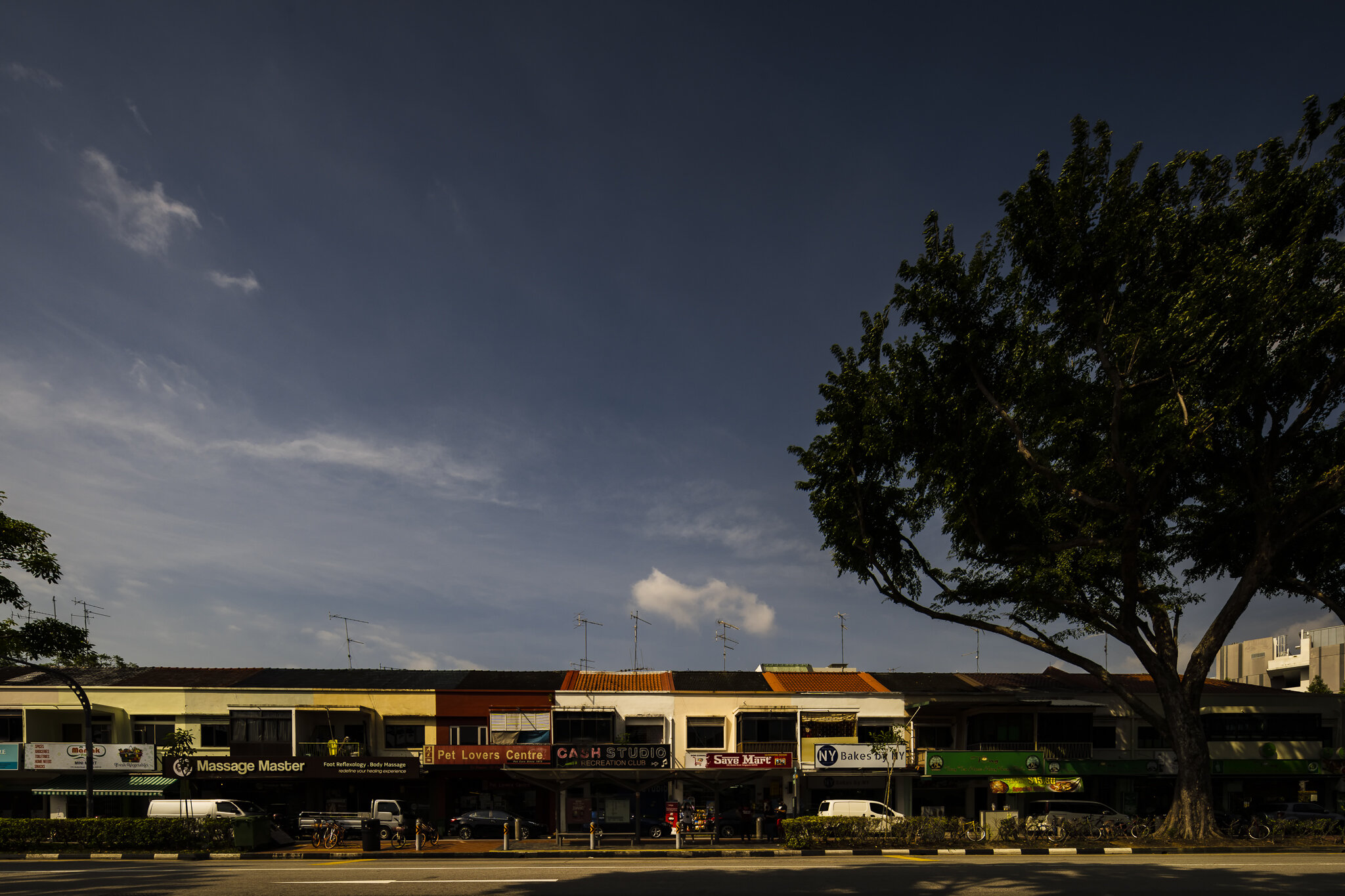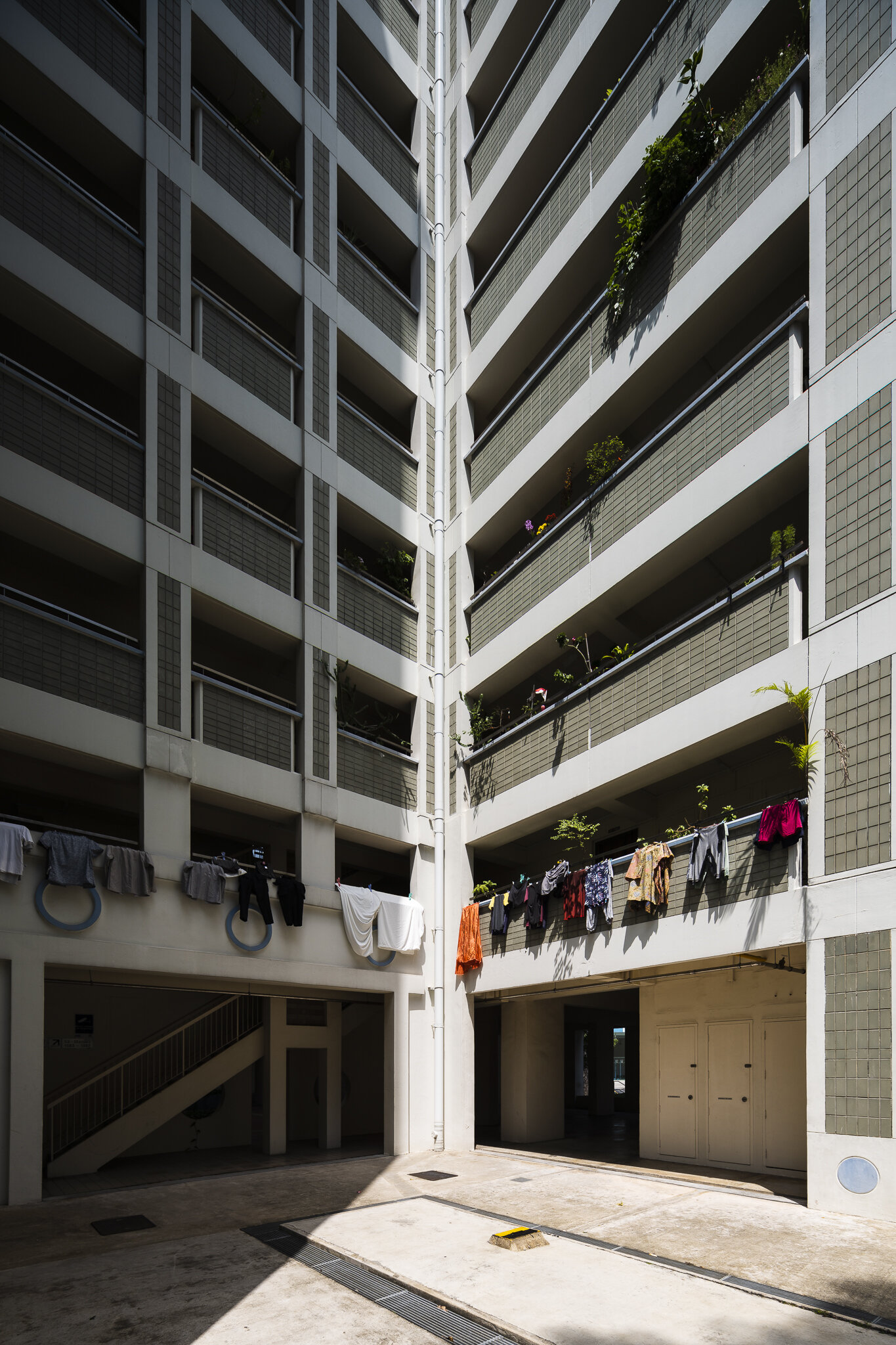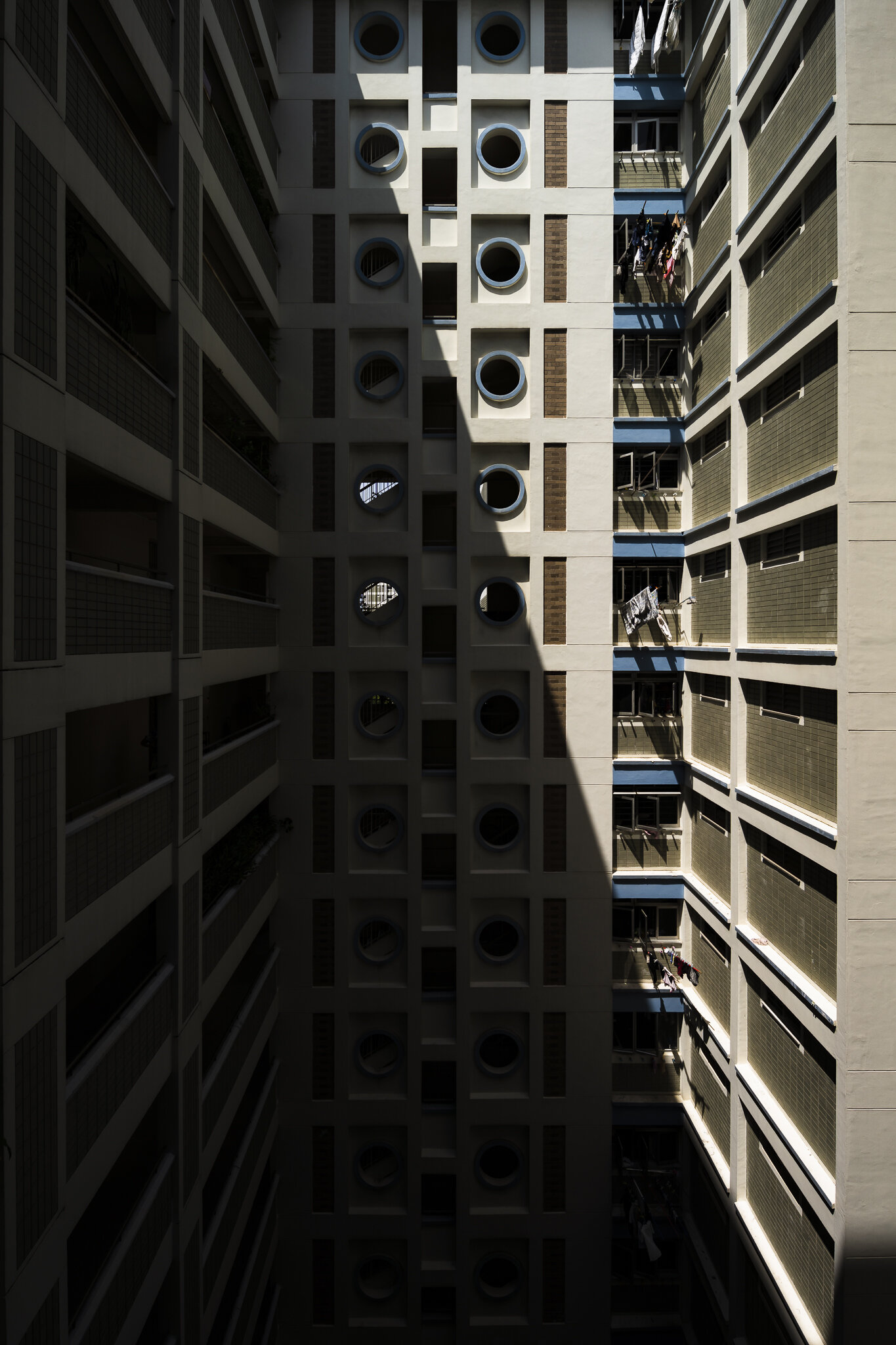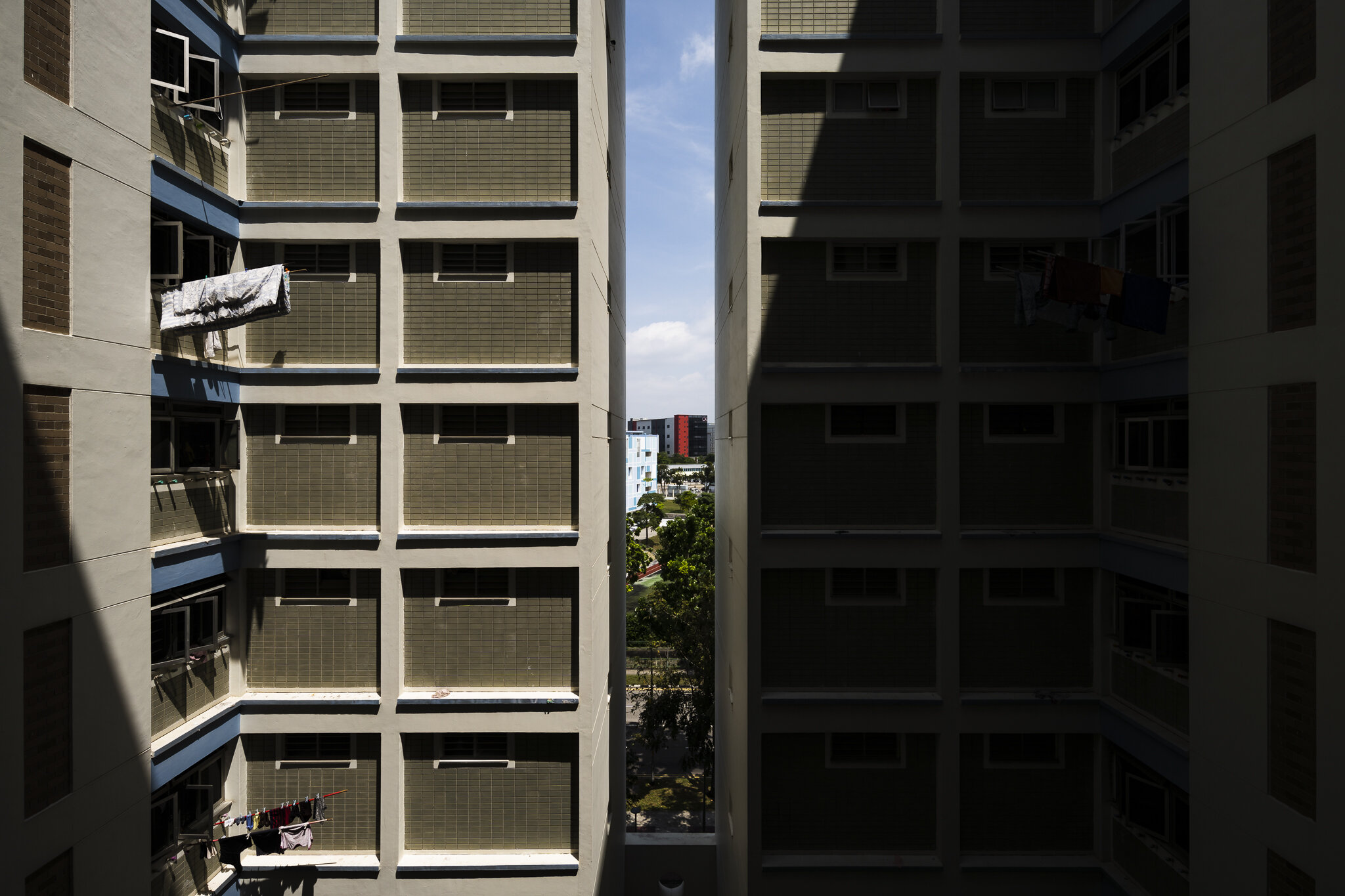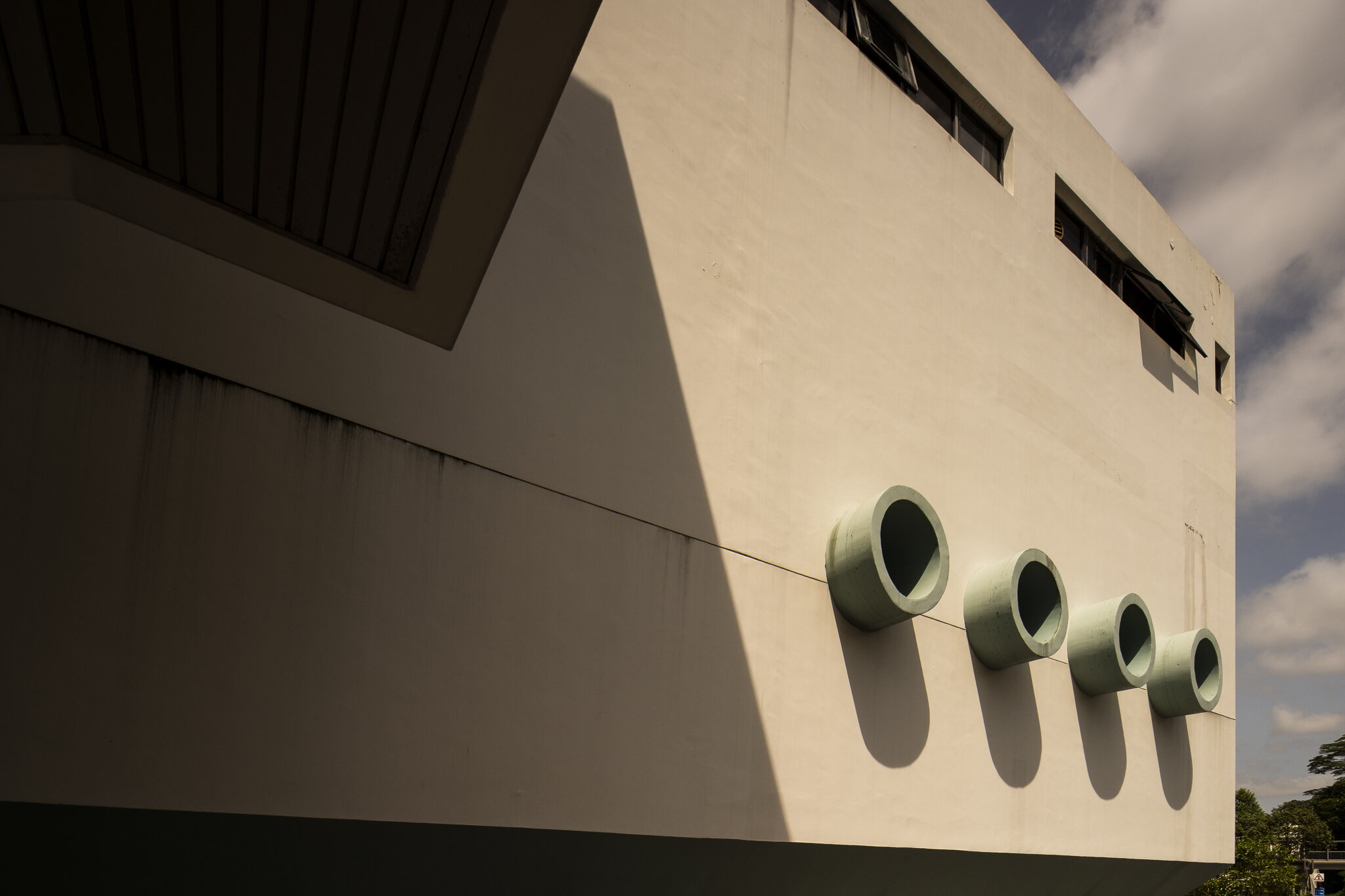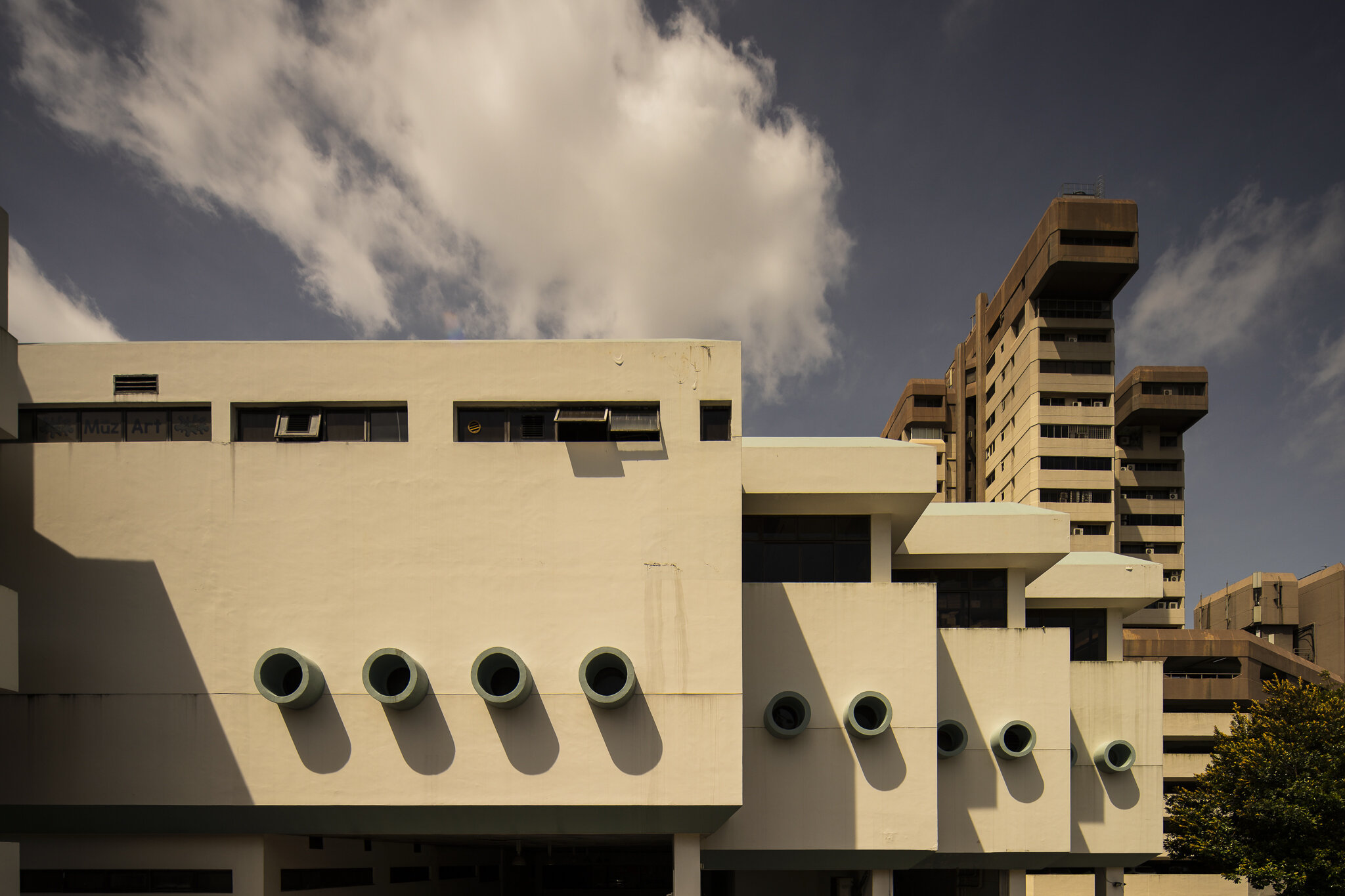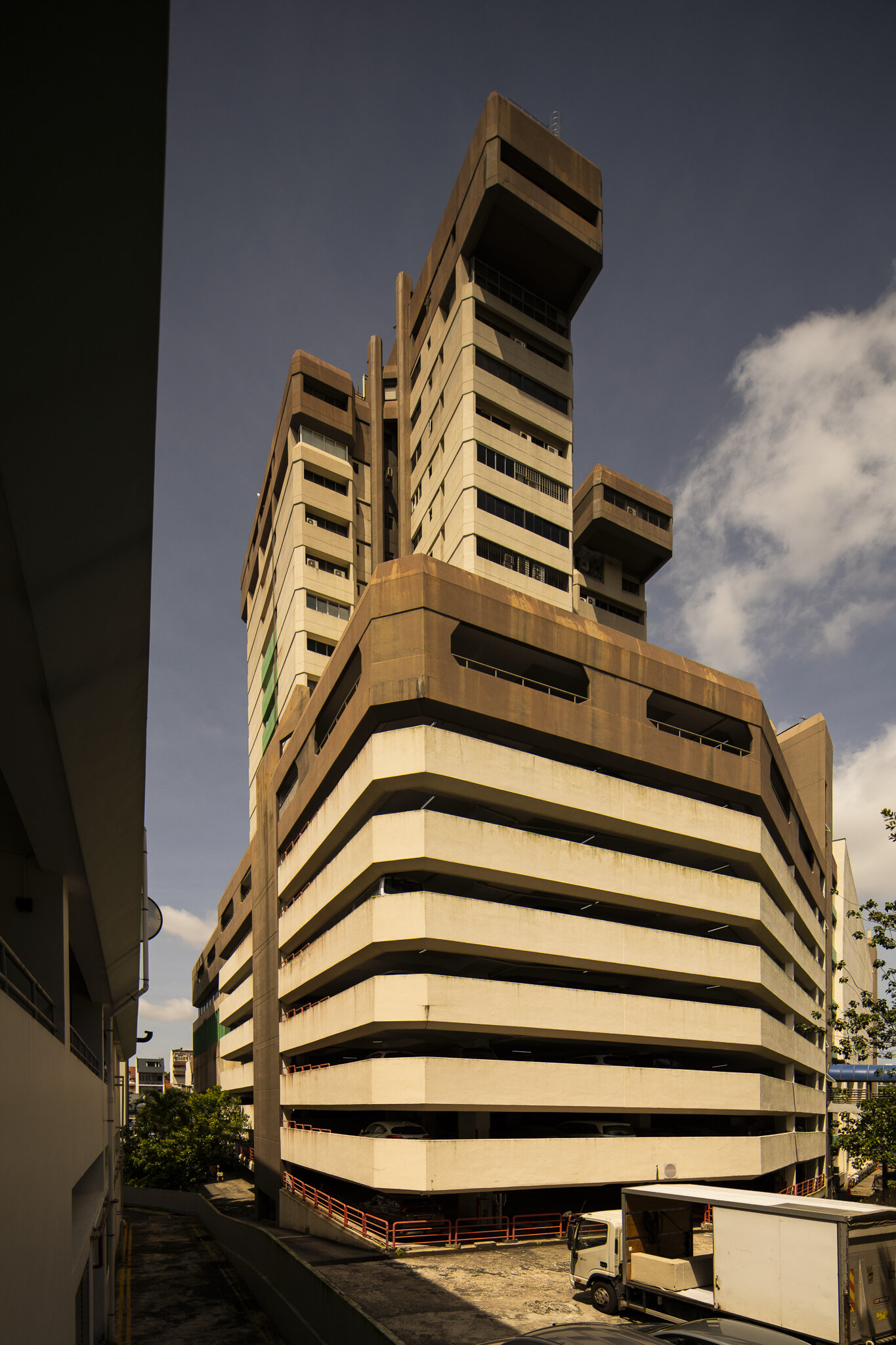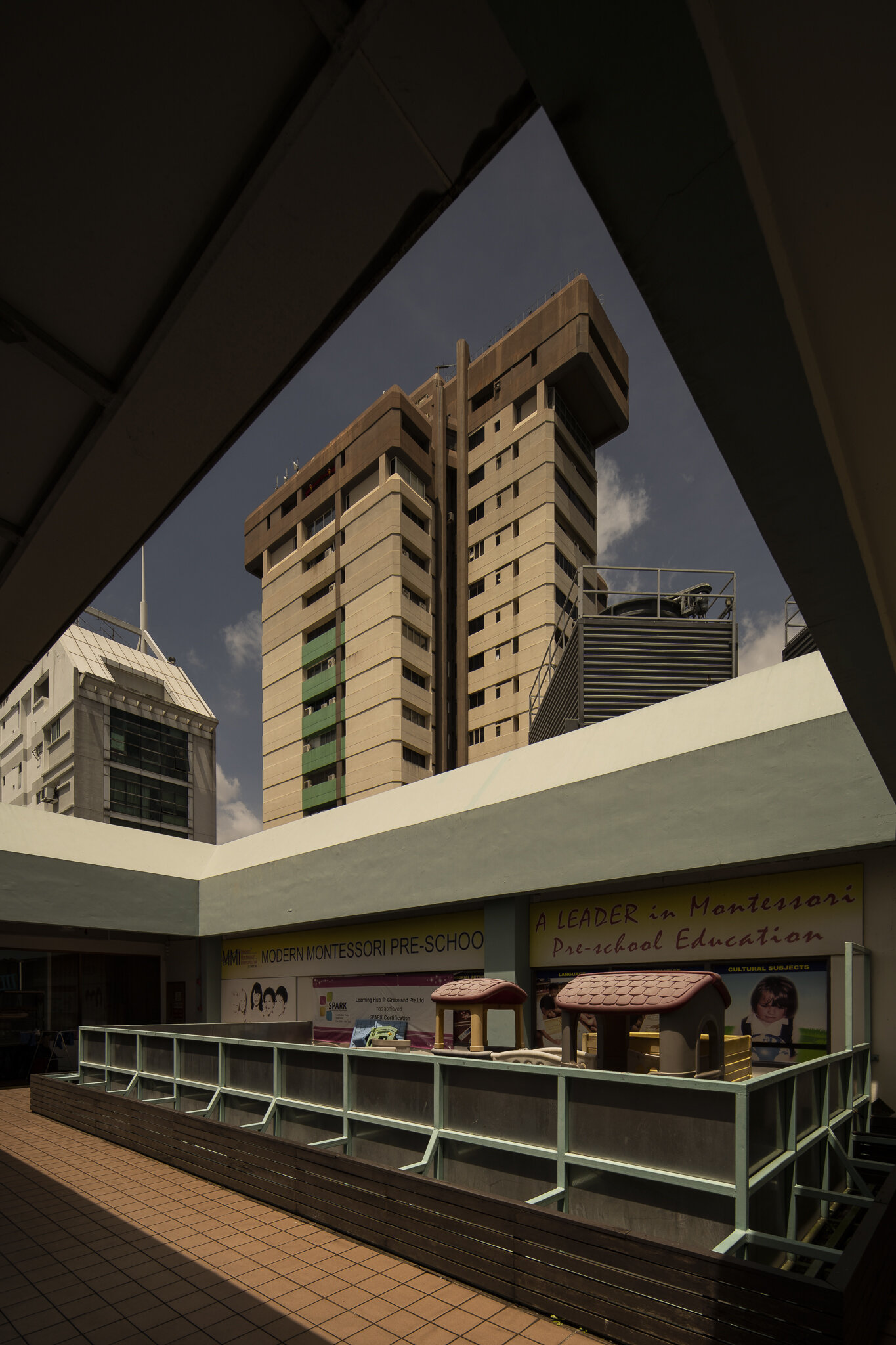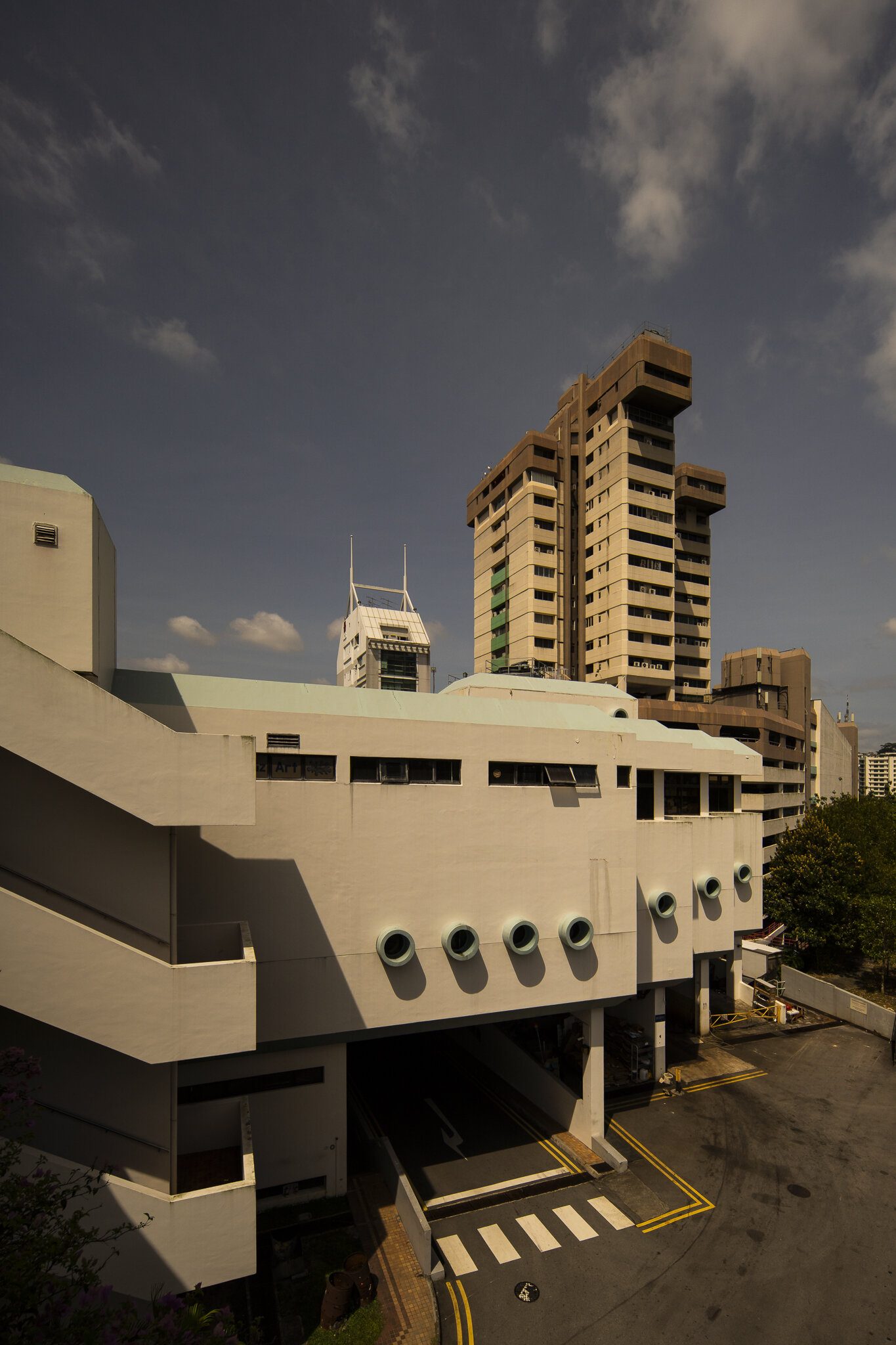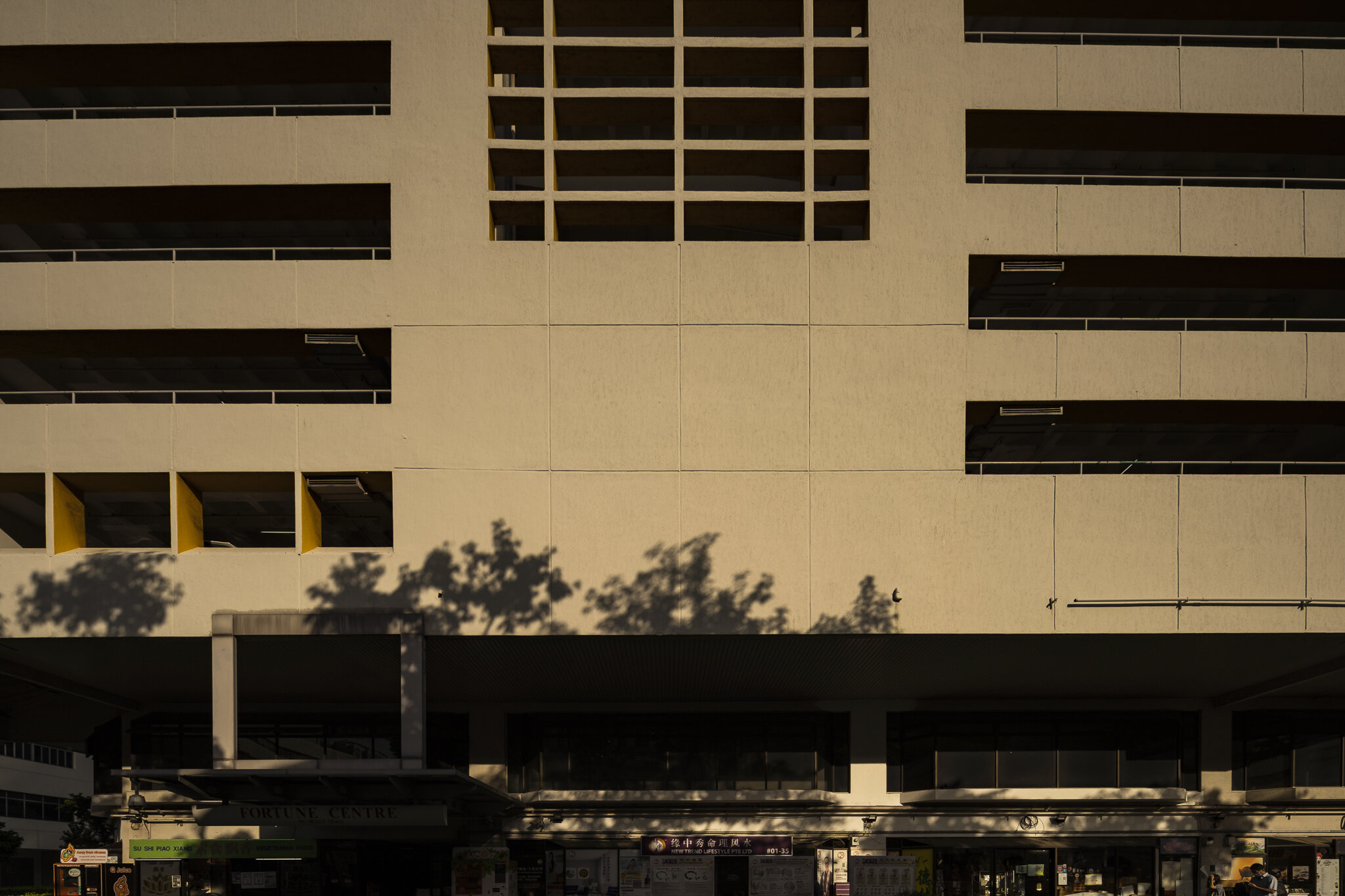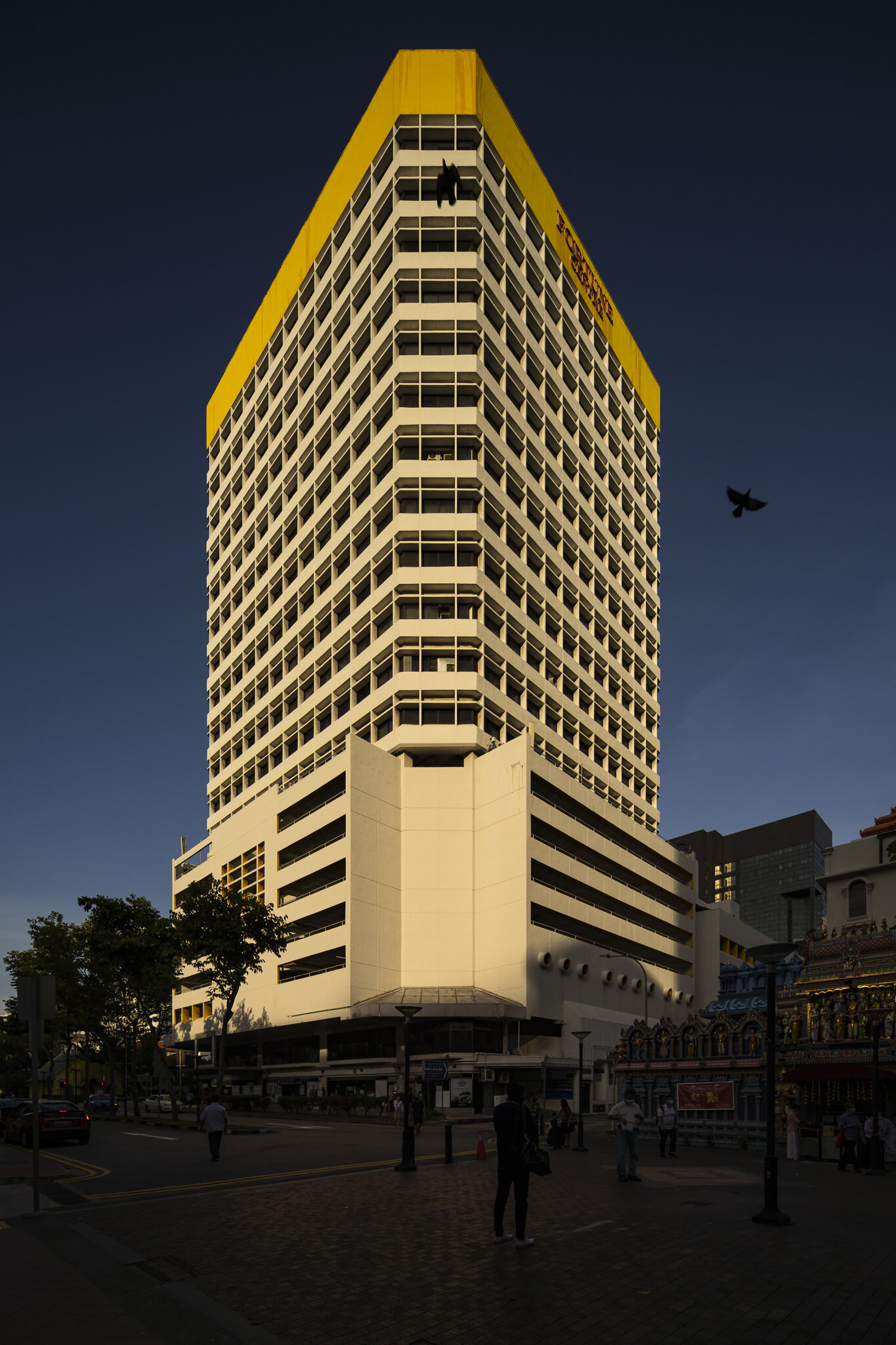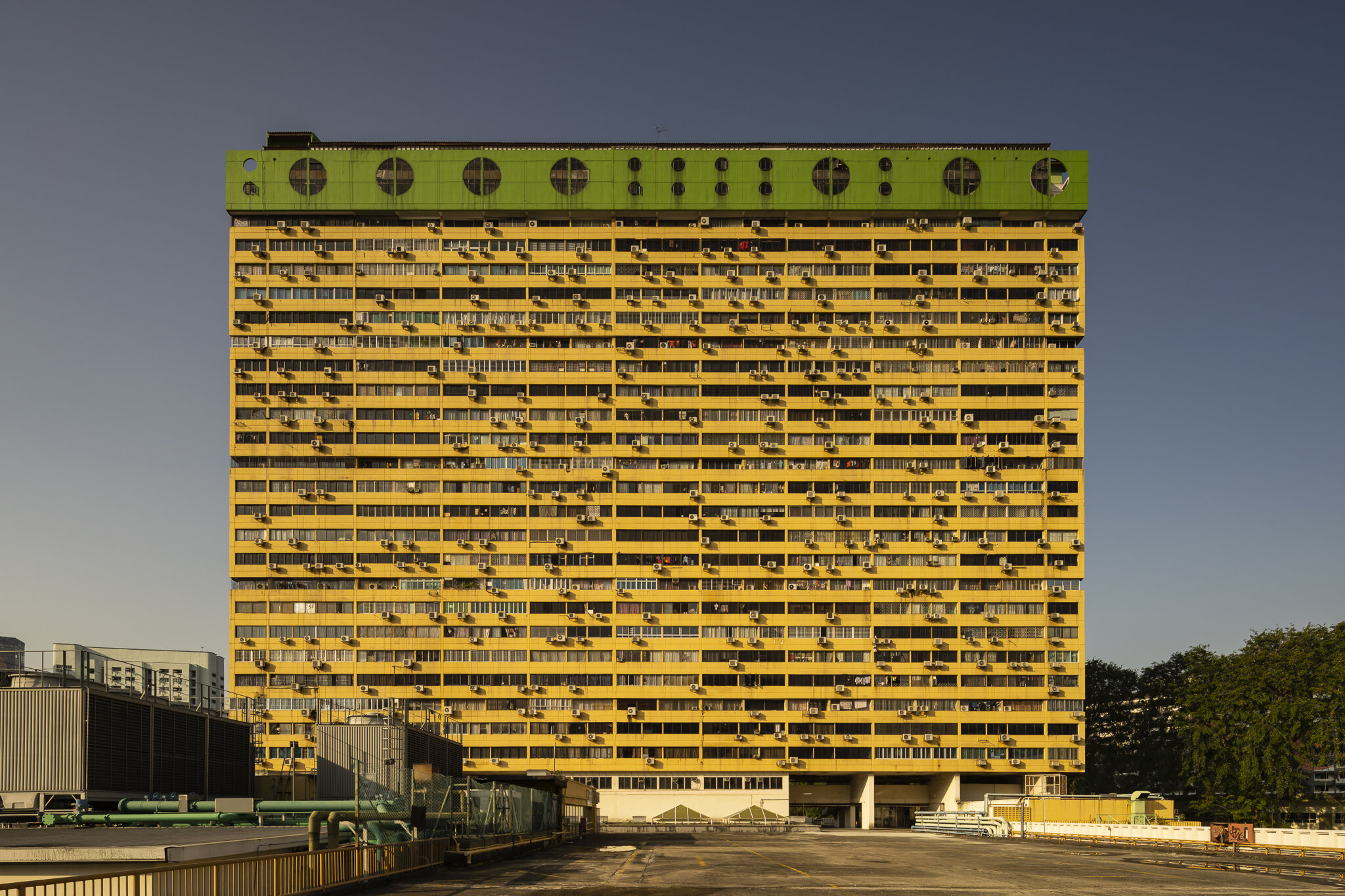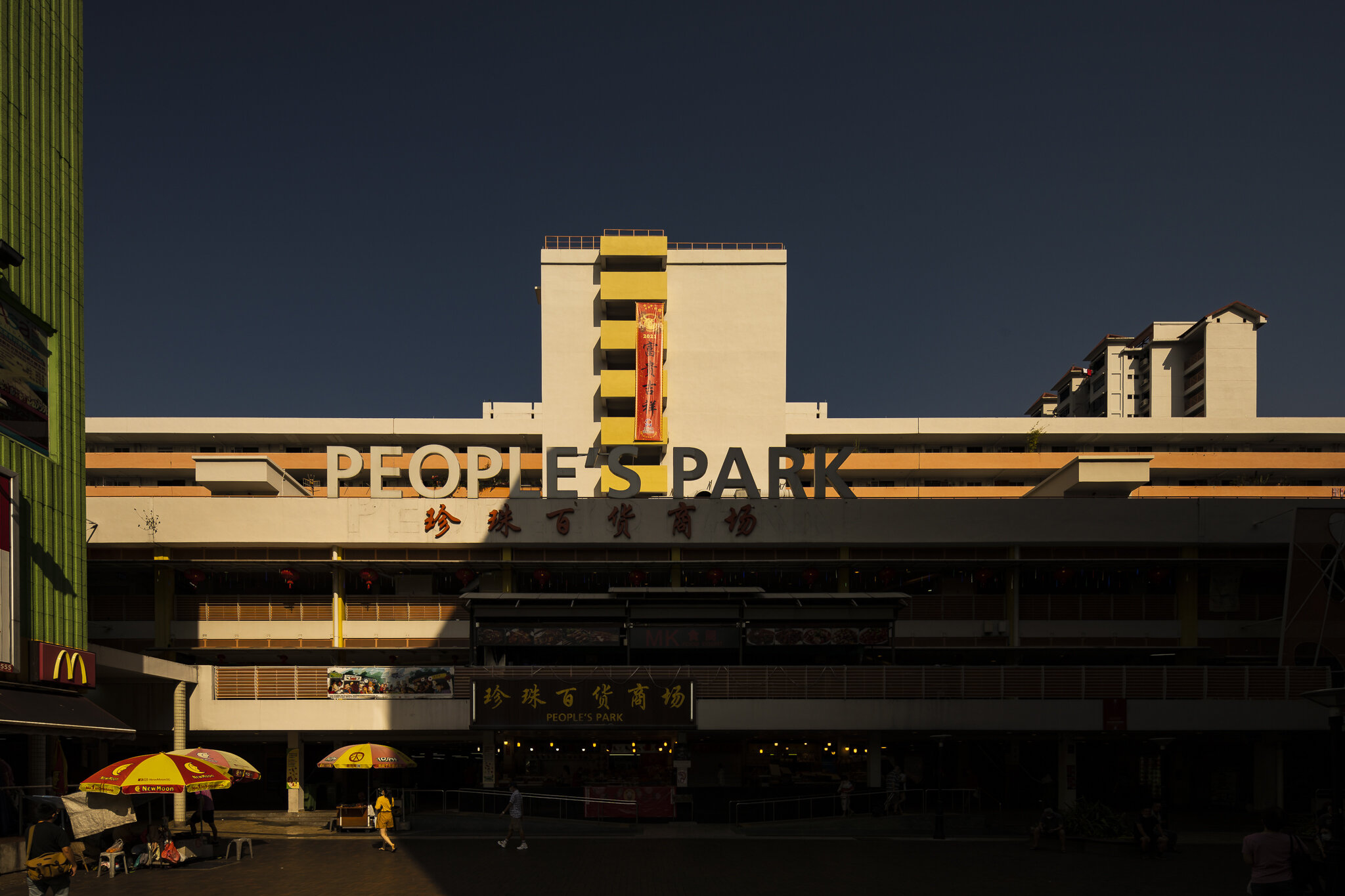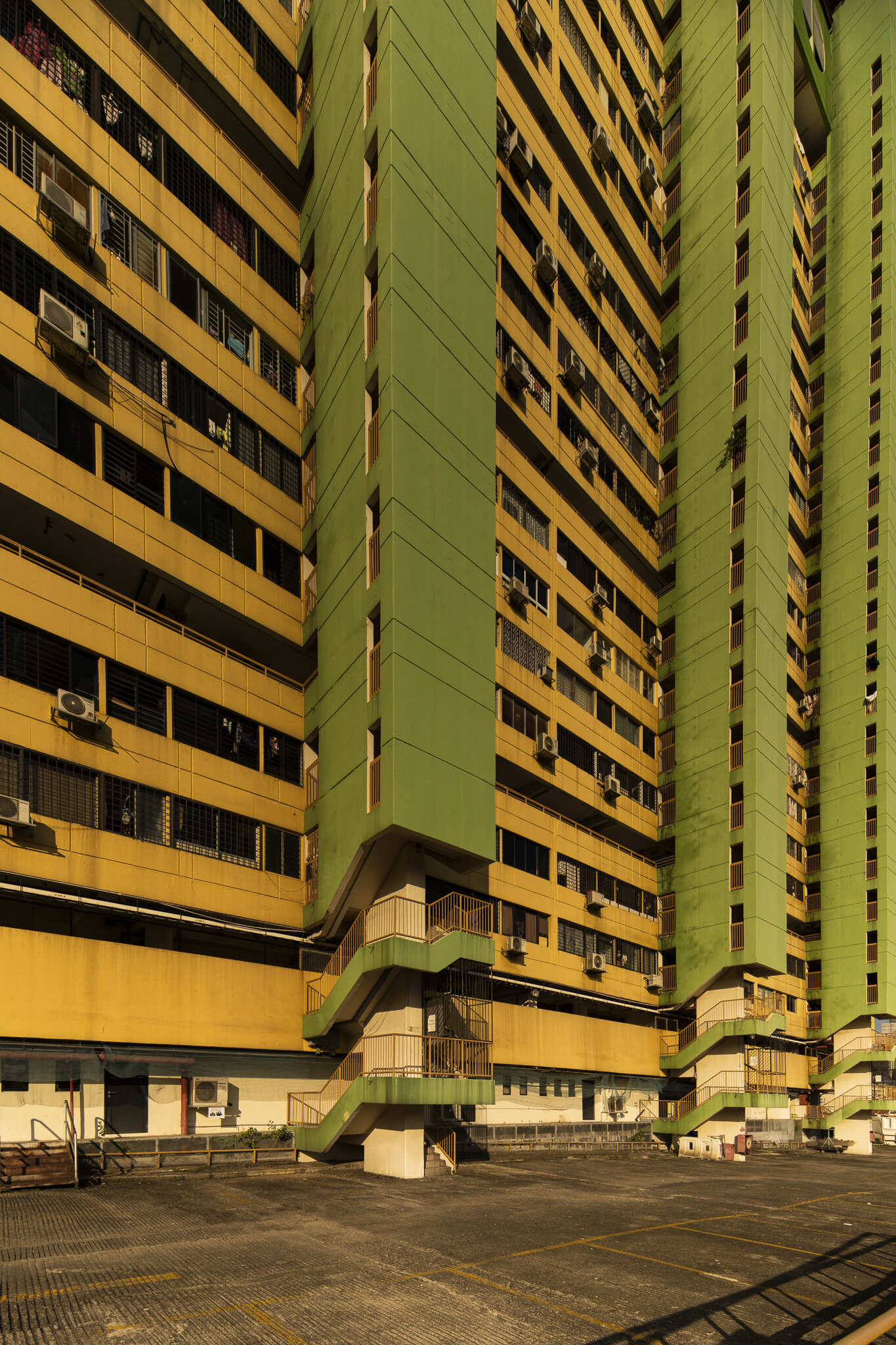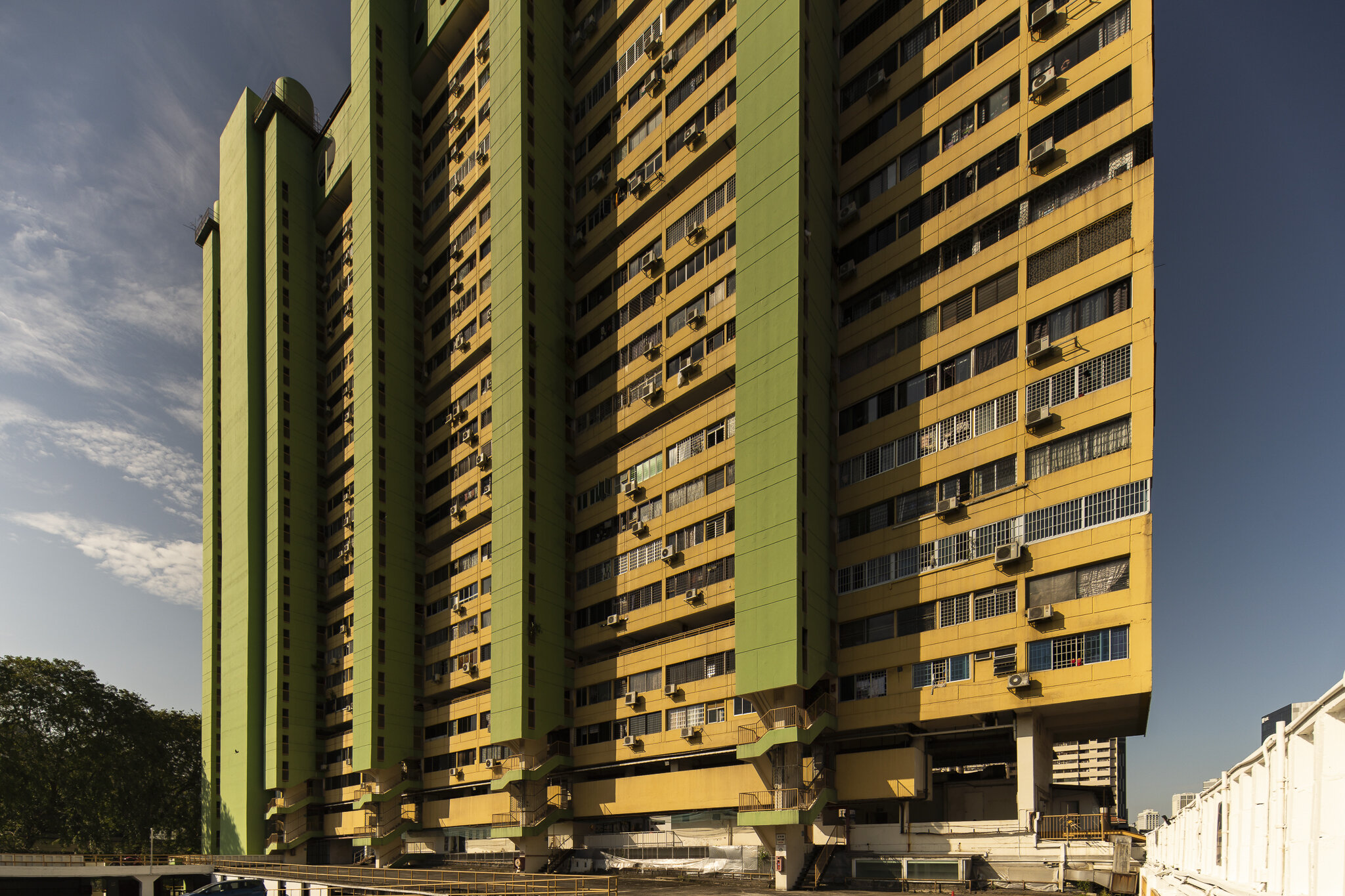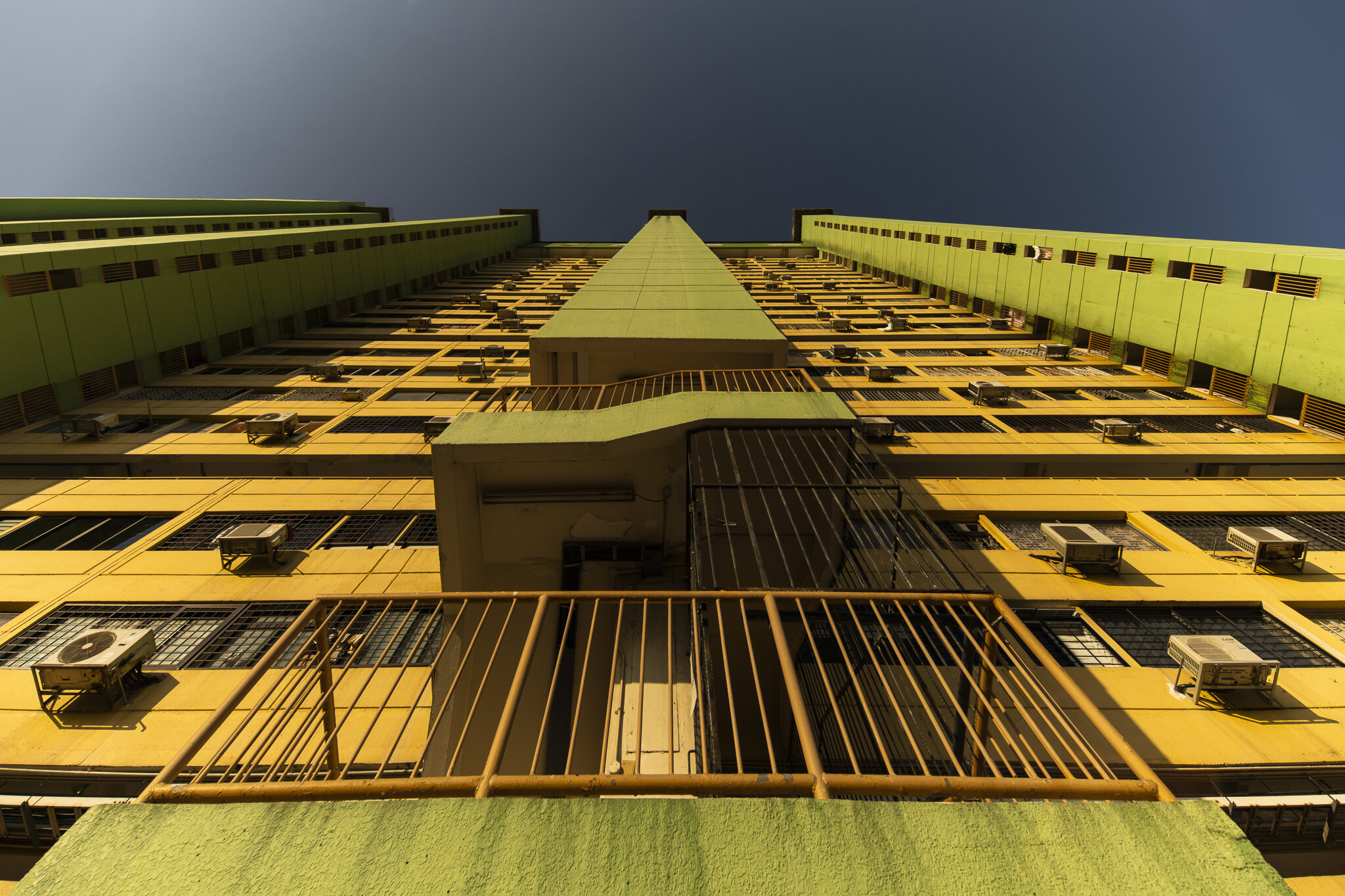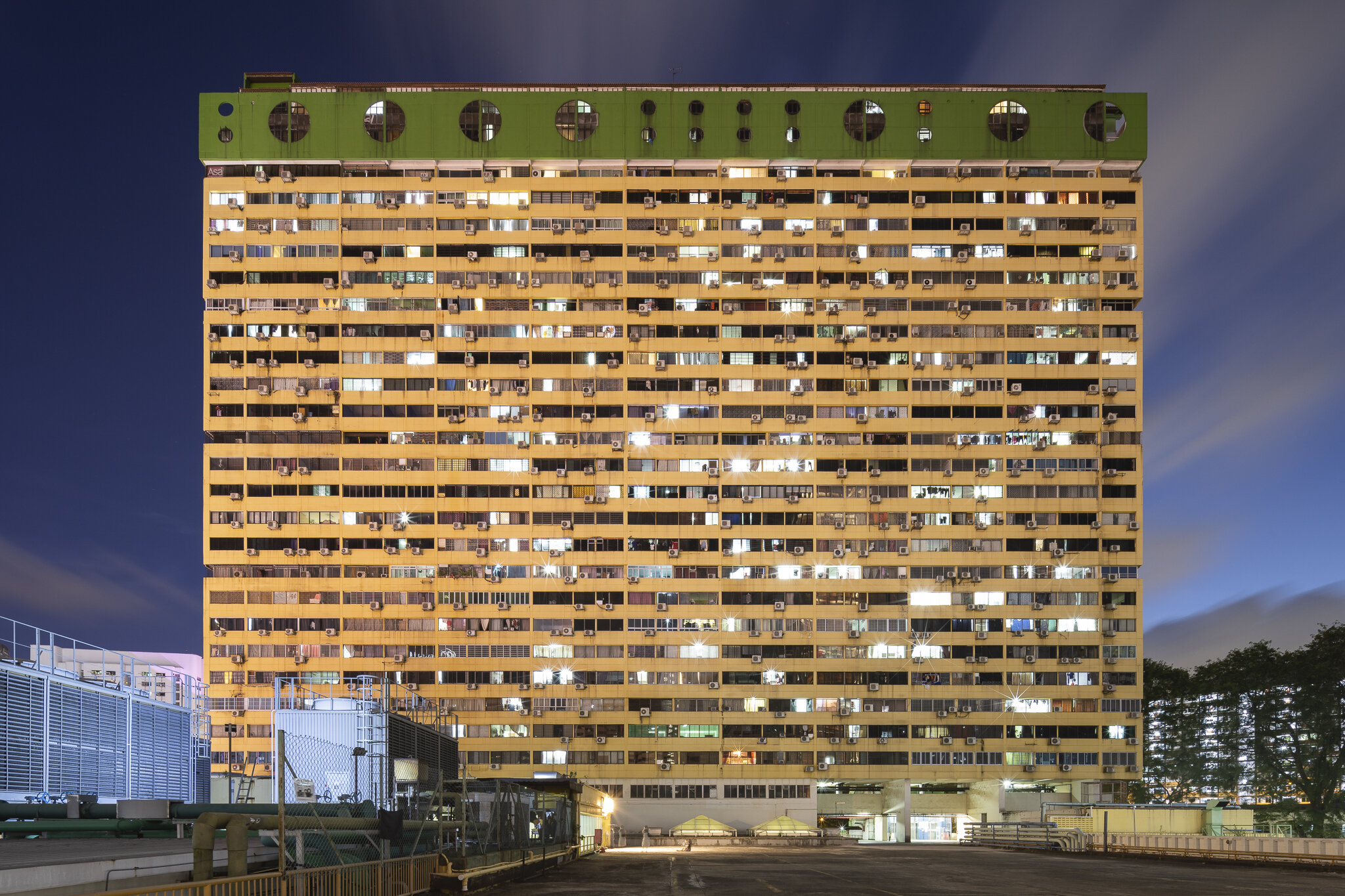For many years, many of us who make architecture photographs turned to our trusty Canon 17mm tilt shift lens if we needed an ultra wide field of view, usually because we have pretty limited vantage points here, what with buildings being pretty much packed quite densely together in this small city state. Even then, there are a number of times we felt that 17mm just was not enough, so we resorted to "cheating", as we like to call it. Tilt the camera up slightly to get the top into the frame, then straighten the verticals during post processing. It isn't ideal, and we lose resolution. The alternative would be to use ever wider ultra wides, such as the Sony 12-24mm, Voigtlander 10mm or even the recently released Venus Optics Laowa 9mm lens, get the entire subject in the frame and crop down. Again, not ideal.
A few years back, Chinese lens manufacturer Venus Optics announced the world's widest shift lens, the 15mm f/4.5 Zero-D Shift lens, touted to be the world's widest shift lens. The Zero-D stands for Zero Distortion, but the lens itself when released, was labelled as 15mm f/4.5 W-Dreamer both on the lens and the box itself, which is puzzling but still equally exciting as it is STILL the widest shift lens out there.
The DSLR version of the lens was released much earlier, sometime in October or November 2020, while mirrorless users had to wait till 2021. But when it arrived in early February this year, I was very lucky to get my hands on a copy and immediately thought of a few places I could try it out.
I spent a number of days when the light was good putting it through its paces, and while there are some quirks and issues, they are not exactly deal breakers for me. Rather than go into a long post about the various characteristics of the lens itself, I will list the pros and cons in point form.
Pros:
1. Sharp at the edges and corners at f/11 (did not really try any other aperture simply because f/11 is the aperture I use the most in my photography). I have little doubt it will perform pretty well at f/8 as well. Maybe I will try it out if I can remember to switch the aperture ring.
2. Small form factor for a shift lens, because there is no tilt function.
3. Smooth and well-damped shift ring (more on that later) and focusing ring.
4. Lens can be easily rotated across 12 different positions, allowing for a variety of shift options.
5. Priced very reasonably
Cons
1. The way you shift the lens is by turning a ring on the lens barrel. This is still something that takes getting used to. I am pretty used to the knobs that are used in the Canon lenses.
2. Very mild barrel distortion with subjects that are very close to you, but I have found that to be easily correctable. No such issue with subjects that are a distance away though.
3. No electronic contacts, so turning the aperture ring is manual. Not an issue except I have once accidentally turned the aperture ring to f/5.6 and wondered why the shutter speed was so high.
On the whole, I enjoyed using the lens tremendously and it has expanded my options. Will it replace the 17mm? I doubt it. The 17mm still has a very special place in my heart as it is my first shift lens.
Here are 25 images made using the Sony a7RIV and Venus Optics Laowa 15mm f/4.5 shift lens, including photographs of a pair of buildings by local architect, Chee Soon Wah. All images were made handheld except the first one of Block 79 Toa Payoh Central.

